What is Feng Shui & How to Use Colours?

What Does Green Mean in Feng Shui?
When you add a certain colour with feng shui in mind, that colour can do much more besides just making your space look a certain way. When you apply green to your home with the intention of bringing in a specific type of energy to support you, it can really take your decorating to the next level. Green can be especially helpful if your intentions are to invite more flexibility and compassion, improve family harmony, start something new, or inspire new ideas and creativity.

Use Green In Your Home
There are many ways you can bring green into your home with paint, furniture, artwork, textiles, and other decor items. As you’re deciding how to incorporate green into your space, consider selecting a shade of green that matches your intention and the kind of energy you want to cultivate. Choose a crisp, clear green if you want to cultivate uplifting wood element qi. To invite more healing and soothing energy, look for a soft blue-green. If you feel stuck and in need of an energy boost, try a deep forest green. To stimulate creativity, add a brighter green with yellow undertones.
Use Green in Your Daily Life
Feng shui isn’t just for your house! There are many ways to work with feng shui and color outside of your physical living space. For example, you can add green to your wardrobe for a pick-me-up. When you feel a little uninspired or low energy, try putting on something green, like a shirt, scarf, or even jewelry with green stones.

Plants and Greeneries
When it comes to greens, don’t limit yourself. Houseplants are a great way to bring the color green into your home without painting a thing. They embody the wood element, and their upward growth is a powerful metaphor. Plants also require care and attention, and they can teach us many valuable lessons about kindness, compassion, and caring for other living beings.
Comprehensive Guide to Feng Shui Colors
Color Usage in Feng Shui
How do you use color in feng shui?
Colors in feng shui are used to balance energy and create harmony in spaces. Each color corresponds to specific elements and areas of life, influencing the flow of chi (energy).
What is the lucky color in a house in feng shui?
Red is often considered the luckiest color in feng shui, symbolizing good fortune, prosperity, and protection.
What are the colours elements in feng shui?
Feng shui associates colors with five elements:
-
Wood: Green, Brown
-
Fire: Red, Orange, Purple
-
Earth: Yellow, Beige
-
Metal: White, Gray
-
Water: Blue, Black
What is Feng Shui Bedroom: Harmonising Your Sleep Space
A Feng Shui bedroom is designed to promote restful sleep, positive energy, and overall well-being. This ancient Chinese practice focuses on balancing energy flow within the sleeping area. Key elements include proper bed placement, typically with a solid headboard against a wall and a clear view of the door. Decluttering is essential to allow energy to circulate freely. Soft, soothing colours are preferred, along with natural materials for bedding and furniture. Incorporating pairs of objects promotes harmony and balance in relationships.
What is Feng Shui Interior Design: Creating Balanced Living Spaces
Feng Shui interior design is an approach that aims to create harmonious living environments by optimising the flow of chi, or life force energy. This practice involves strategic furniture placement, colour selection, and the use of natural elements to enhance positive energy. Key principles include maintaining clear pathways for energy flow, balancing yin and yang elements, and incorporating the five elements (wood, fire, earth, metal, and water) into the design. The goal is to create spaces that support health, prosperity, and overall well-being.
What is Feng Shui Home: Cultivating Positive Energy in Your Living Space
A Feng Shui home is one that is designed to promote harmony, balance, and positive energy flow throughout the living space. This involves applying Feng Shui principles to every room in the house, from the entryway to the bedroom. Key aspects include decluttering, proper lighting, and strategic placement of furniture and decor. The aim is to create a nurturing environment that supports the inhabitants' health, relationships, and success. A Feng Shui home should feel welcoming, peaceful, and energetically balanced.
What is Feng Shui Energy: Understanding Chi in Your Environment
Feng Shui energy, also known as chi, is the vital life force that flows through all things. In Feng Shui practice, the goal is to optimise the flow of this energy within living spaces. Positive chi is believed to bring good fortune, health, and prosperity, while stagnant or negative chi can lead to difficulties. Feng Shui techniques aim to enhance positive energy flow through proper furniture placement, use of colours, and incorporation of natural elements. Understanding and working with this energy is fundamental to creating harmonious living environments.
What is Feng Shui in Chinese: The Origins and Cultural Significance
In Chinese, Feng Shui (風水) literally translates to "wind-water". This ancient practice is deeply rooted in traditional Chinese philosophy and has been used for thousands of years to harmonise individuals with their surrounding environment. It is based on the Taoist belief in chi, or life force energy, and how it interacts with the five elements. Feng Shui in Chinese culture is not just about interior design, but a holistic approach to living in harmony with nature and the universe.
What is Feng Shui in English: Translating an Ancient Practice
In English, Feng Shui is often described as the art of placement or environmental design based on ancient Chinese principles. It involves arranging living spaces to optimise the flow of positive energy, or chi. The practice aims to create environments that support health, wealth, and happiness. While the term "Feng Shui" is often used in English without translation, its principles have been adapted and applied to modern interior design and architecture, focusing on creating balanced, harmonious living spaces.
What is Feng Shui Based On: The Foundations of Harmonious Living
Feng Shui is based on several key principles and beliefs rooted in ancient Chinese philosophy. These include:
- The concept of chi, or life force energy
- The balance of yin and yang
- The five elements theory (wood, fire, earth, metal, water)
- The Bagua, an energy map of spaces
- The interaction between humans and their environment
These foundational concepts are used to analyse and optimise living spaces, with the goal of creating harmonious environments that support the well-being of inhabitants.
What is Feng Shui Plants: Bringing Nature's Energy Indoors
Feng Shui plants are living elements used to enhance positive energy in indoor spaces. They are believed to purify air, reduce stress, and promote well-being. Different plants are associated with various Feng Shui benefits; for example, bamboo is linked to good fortune, while peace lilies are thought to promote harmony. The placement of plants is crucial, with emphasis on avoiding sharp corners and enhancing areas of importance in the Bagua map. Healthy, well-maintained plants are essential, as dying or wilted plants are thought to bring negative energy.
What is Feng Shui Design: Principles for Harmonious Spaces
Feng Shui design is an approach to creating living and working spaces that promote harmony, balance, and positive energy flow. Key principles include:
- Decluttering to allow energy to flow freely
- Proper placement of furniture and objects
- Balancing the five elements in decor and colour schemes
- Enhancing natural light and incorporating nature
- Creating a welcoming entryway or "mouth of chi"
The goal is to design spaces that not only look aesthetically pleasing but also support the well-being and success of their occupants.
What is Feng Shui Mean: Interpreting the Ancient Practice
Feng Shui, which literally means "wind-water" in Chinese, is a practice aimed at harmonising individuals with their surrounding environment. In essence, it means creating balance and harmony in living spaces to promote positive energy flow. This ancient art is based on the belief that our environments have a profound impact on our well-being, success, and relationships. Feng Shui means arranging spaces to optimise the flow of chi, or life force energy, to create supportive, nurturing environments that enhance all aspects of life.
Colors for Prosperity and Luck
What color to wear to attract money?
Wear red, purple, or green to attract wealth and abundance according to feng shui principles.
How do I choose my lucky color?
Your lucky color can be determined by your birth date, zodiac sign, or personal Kua number in feng shui calculations.
What colour attracts good luck?
Red is traditionally associated with good luck in feng shui, but gold and yellow also attract positive energy.
What is the luckiest color for Chinese?
Red is considered the luckiest color in Chinese culture, symbolizing happiness, success, and good fortune.
Colors for Specific Rooms
Which color is lucky for a living room?
Earth tones like beige, light yellow, or sandy colors are considered lucky for living rooms, promoting stability and harmony.
Which color gives positive energy in the home?
Yellow is known to bring positive energy, promoting clarity and uplifting spirits throughout the home.
What is the color of money in feng shui?
Green and purple are associated with wealth and abundance in feng shui.
Which color attracts the most?
Red is considered the most attractive and energetic color in feng shui, drawing attention and stimulating activity.
What is the best color for a bathroom in feng shui?
Light, refreshing colors like white, beige, or light blue are ideal for bathrooms, promoting cleanliness and tranquility.
What colors should you avoid in a bedroom according to feng shui?
Avoid bright reds and dark colors in bedrooms as they can be too stimulating or oppressive for restful sleep.
What is the best color for a kitchen in feng shui?
White, yellow, or earth tones are excellent for kitchens, promoting cleanliness, nourishment, and good health.
Lucky Colors for Various Purposes
What color is good luck for a house?
Red, yellow, and green are considered lucky colors for a house in feng shui, promoting vitality, prosperity, and growth.
What is the best color for a house in feng shui?
The best color depends on the house's direction and the occupants' needs, but neutral earth tones are generally safe and harmonious choices.
What color goes with luck?
Gold is often associated with luck and pairs well with other lucky colors like red and green.
What color attracts money?
Green, purple, and gold are believed to attract wealth and abundance in feng shui.
How do I know my lucky colour?
Calculate your personal Kua number based on your birth year and gender to determine your lucky colors in feng shui.
Which colour is used for good luck?
Red is the primary color for good luck in feng shui and Chinese culture, followed by gold and yellow.
Colors for Success and Wealth
What is the color of success in feng shui?
Purple represents nobility and success in feng shui, making it an excellent color for career advancement.
What is the color of wealth in feng shui?
Gold and purple are the primary colors associated with wealth and luxury in feng shui.
Which color gives positive energy in the bedroom?
Soft, nurturing colors like light blue, green, or pink can promote positive energy and restful sleep in bedrooms.
What colors should be avoided in feng shui?
Avoid excessive use of black or dark colors, as they can absorb too much energy. Balance is key in feng shui color applications.
What color is the luckiest?
Red is universally considered the luckiest color in feng shui and Chinese traditions.
Attracting Luck and Prosperity
What should I wear to attract money?
Wear green, purple, or red clothing or accessories to attract wealth and abundance.
What attracts good luck and money?
Incorporate red, gold, and green elements in your space or attire to attract both good luck and financial prosperity.
Which color attracts people?
Warm colors like red, orange, and yellow are known to attract and energize people in social settings.
What is the power color in feng shui?
Red is considered the most powerful color in feng shui, representing vitality, strength, and passion.
How do I find my lucky color?
Consult a feng shui expert or use online calculators to determine your personal Kua number and associated lucky colors.
Which color represents money?
Green is the color most commonly associated with money and financial growth in feng shui.
Feng Shui Basics and Color Applications
How do I feng shui my home?
Start by decluttering, then apply the Bagua map to your floor plan and use appropriate colors and elements in each area.
Which color is lucky for a bedroom?
Soft, soothing colors like light blue, lavender, or pale green are lucky for bedrooms, promoting restful sleep and harmony.
How to know your wealth color in feng shui?
Your wealth color is determined by your personal Kua number and the direction of your wealth area in the Bagua map.
What color is positive in a house?
Yellow is considered a positive, uplifting color that brings cheerfulness and clarity to any space in the house.
Which color brings luck?
While red is the primary luck-bringing color, gold and yellow also attract good fortune in feng shui.
Which color gives positive energy in a living room?
Earth tones and warm colors like beige, light yellow, or soft orange can bring positive energy to living rooms.
What Chinese colour is good luck?
Red is the most auspicious color in Chinese culture, symbolizing good luck, joy, and prosperity.
What are the three lucky colors?
The three most lucky colors in feng shui are typically red, yellow, and green.
What are the colors for helpful people in feng shui?
Gray and white are associated with the helpful people and travel area in the feng shui Bagua map.
What are the calming colors for feng shui?
Soft blues, greens, and lavenders are considered calming colors in feng shui, promoting relaxation and tranquility.
How do you use lucky color?
Incorporate lucky colors through paint, decor items, clothing, or accessories in the appropriate areas of your home or personal style.
What is the best color for feng shui?
In feng shui, the best color depends on the specific area of your home and your personal goals. However, earth tones like beige and yellow are generally considered harmonious and balanced for overall feng shui.
How do I find my feng shui colors?
To find your feng shui colors:
- Determine your Kua number based on birth year and gender
- Identify your personal lucky directions
- Match these directions with the Bagua map
- Choose colors that correspond to the elements of your favorable areas
What colors attract money?
Colors believed to attract wealth in feng shui include:
- Gold for prosperity
- Purple for abundance
- Red for good fortune
- Green for growth and new opportunities
What color is good luck for house?
Red is traditionally considered the luckiest color for a house in feng shui. It symbolizes good fortune, protection, and celebration. However, use it in moderation to avoid overwhelming energy.
What color is Chinese fortune?
In Chinese culture, red is the color of fortune and good luck. It's associated with prosperity, joy, and celebration, and is prominently used during festivals and important events.
What color is positive for money?
Green is considered highly positive for money in feng shui. It represents growth, vitality, and new beginnings, aligning with financial prosperity and abundance.
What color attracts the human eye most?
Red is known to attract the human eye most effectively. It's a bold, energetic color that naturally draws attention and creates a sense of urgency or importance.
What door color is good luck?
A red door is considered very lucky in feng shui and many cultures. It symbolizes welcome, protection, and positive energy. Other auspicious colors include deep blue and black for career success.
How to increase wealth in feng shui?
To increase wealth in feng shui:
- Enhance your southeast area with water features
- Use purple, gold, or green accents
- Place a healthy plant in your wealth corner
- Keep your entrance clear and well-lit
- Display symbols of abundance like a bowl of coins
What color represents positive energy?
Yellow is often associated with positive energy in feng shui. It represents sunshine, warmth, and optimism, promoting mental clarity and uplifting spirits.
What color attracts wealth?
Purple is strongly associated with attracting wealth in feng shui. It symbolizes nobility, abundance, and luxury, making it a powerful color for manifesting prosperity.
What color is for luck?
Red is universally recognized as the color of luck in feng shui and Chinese culture. It's believed to ward off negative energy and bring good fortune and blessings.
Which color is lucky for home?
While red is traditionally lucky, earth tones like beige, light yellow, and sandy colors are considered universally lucky for homes. They promote stability, nourishment, and harmony.
What colour is money in feng shui?
In feng shui, green and gold are closely associated with money. Green represents growth and abundance, while gold symbolizes wealth and prosperity.
What is the luckiest colour in Chinese?
Red is undoubtedly the luckiest color in Chinese culture. It symbolizes good fortune, joy, and prosperity, and is prominently used in celebrations and important events.
What color of the door brings wealth?
A black door is believed to bring wealth in feng shui. Black represents the water element, which is associated with career and money flow. It's also linked to depth and wisdom in financial matters.
Related Blog Posts




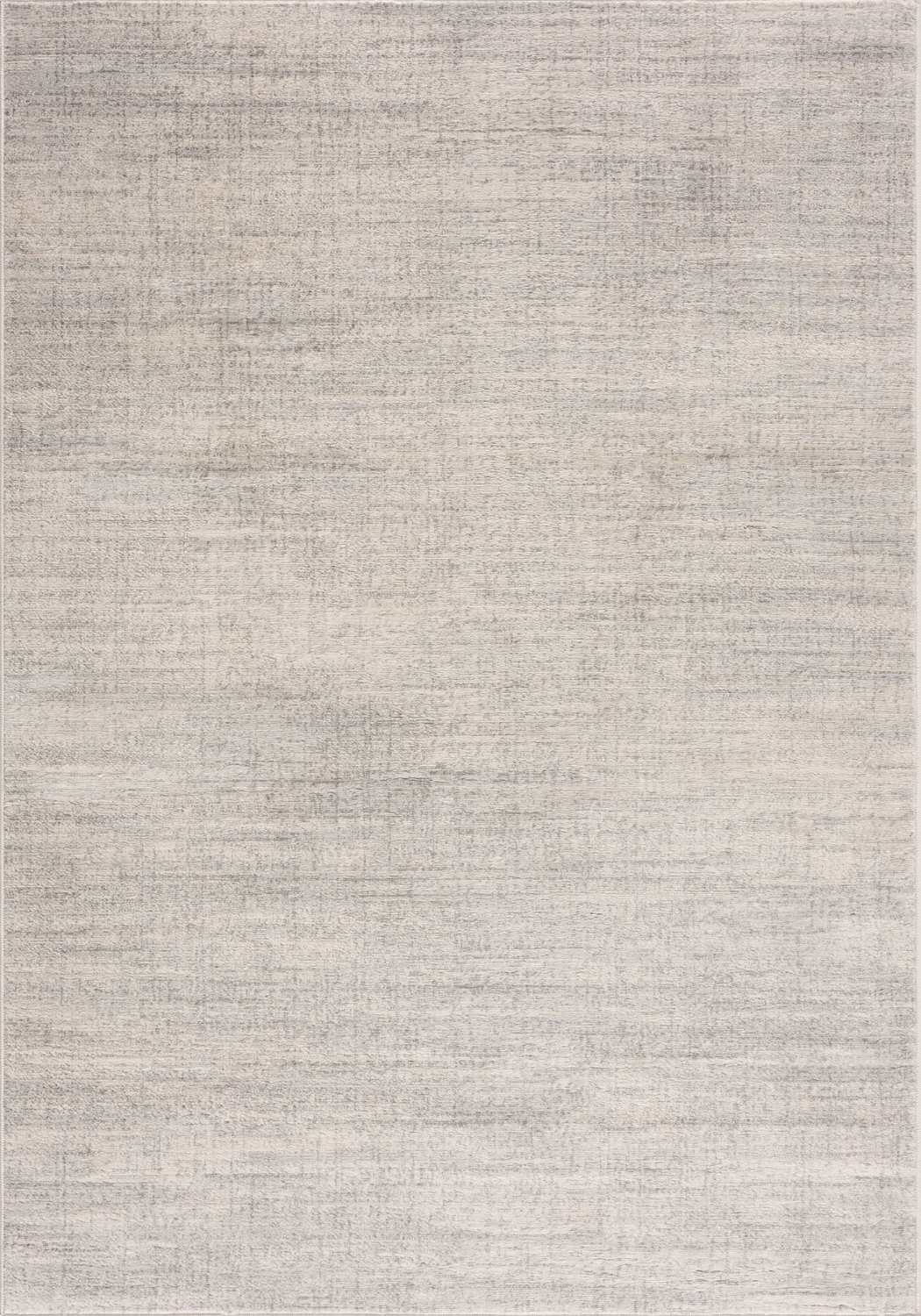
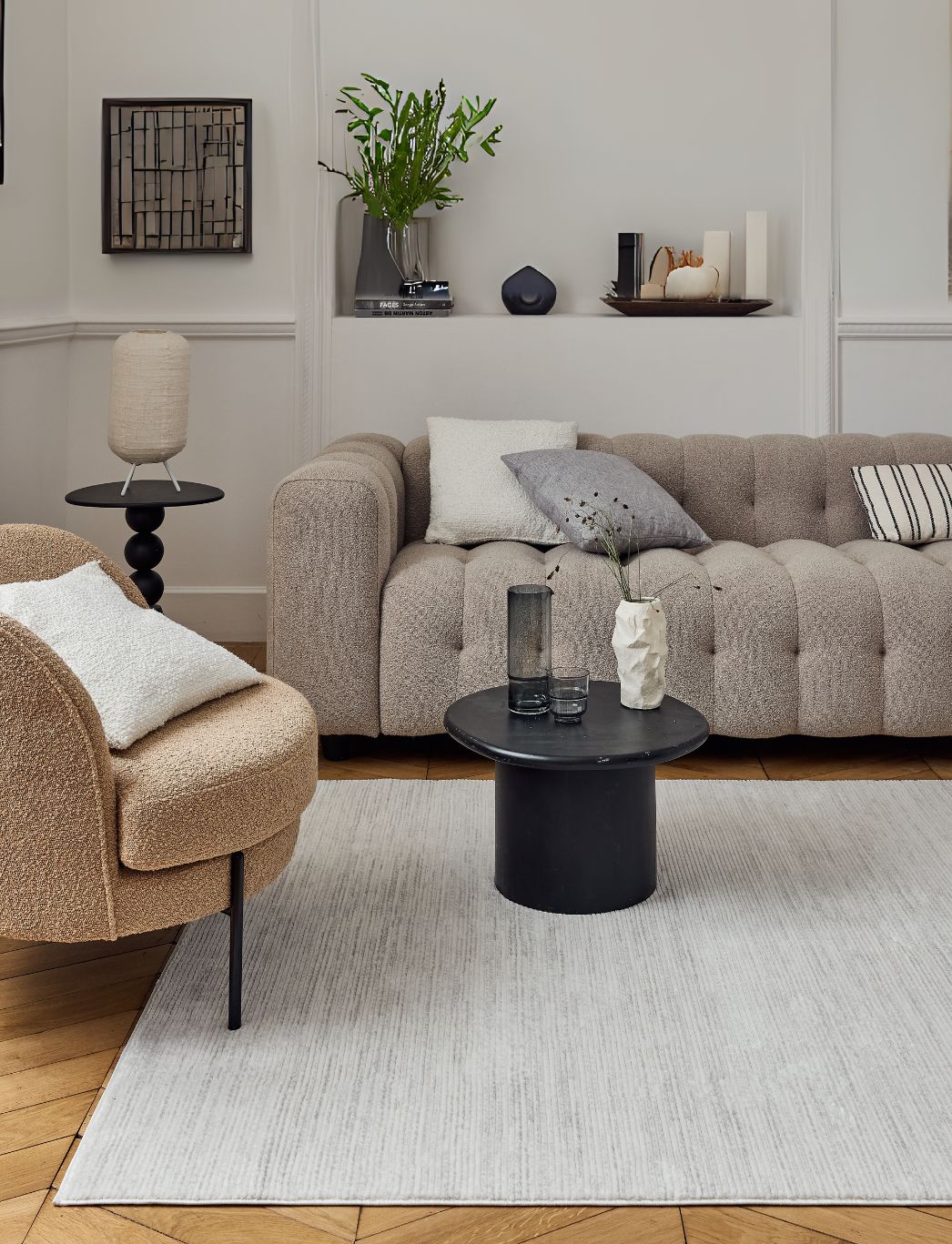
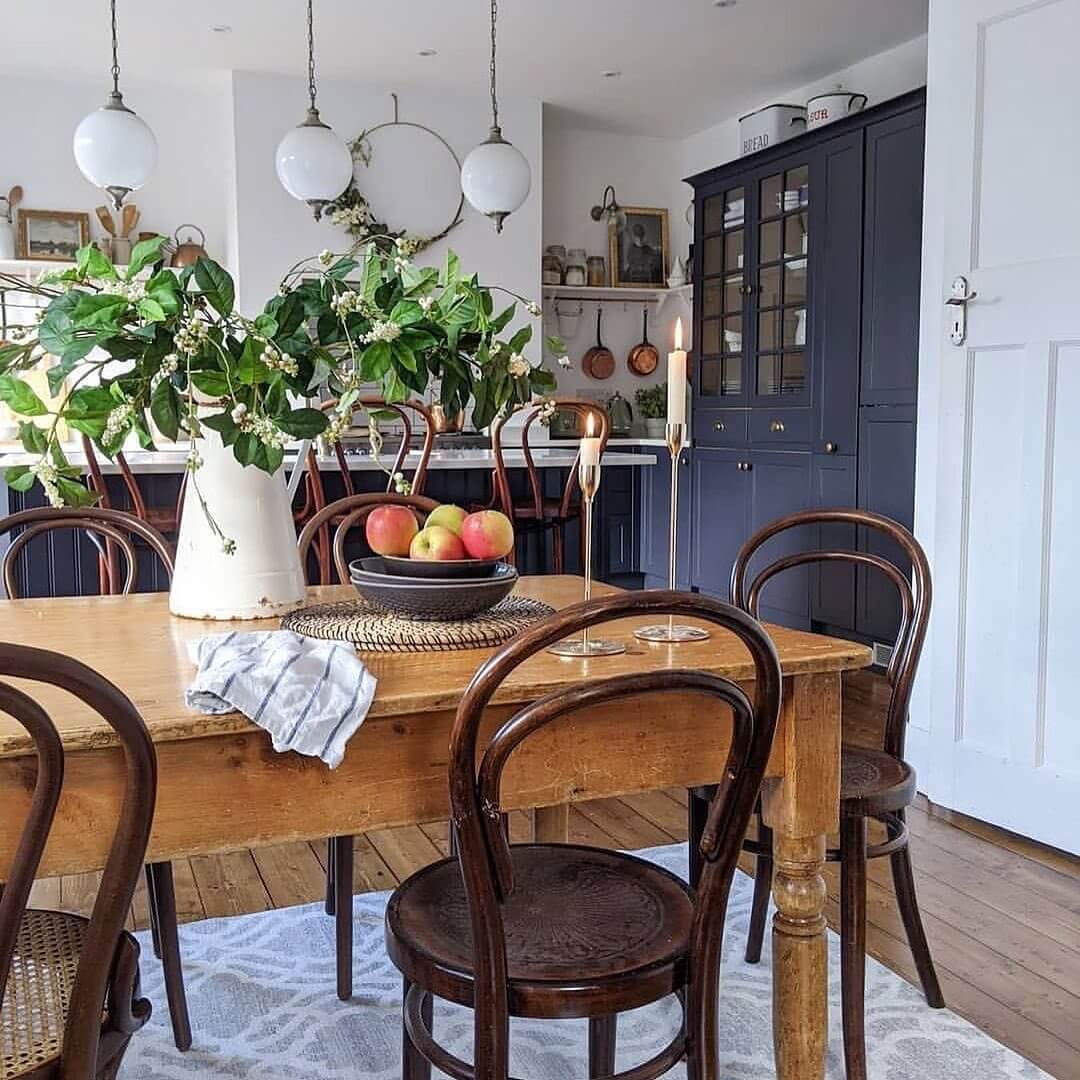
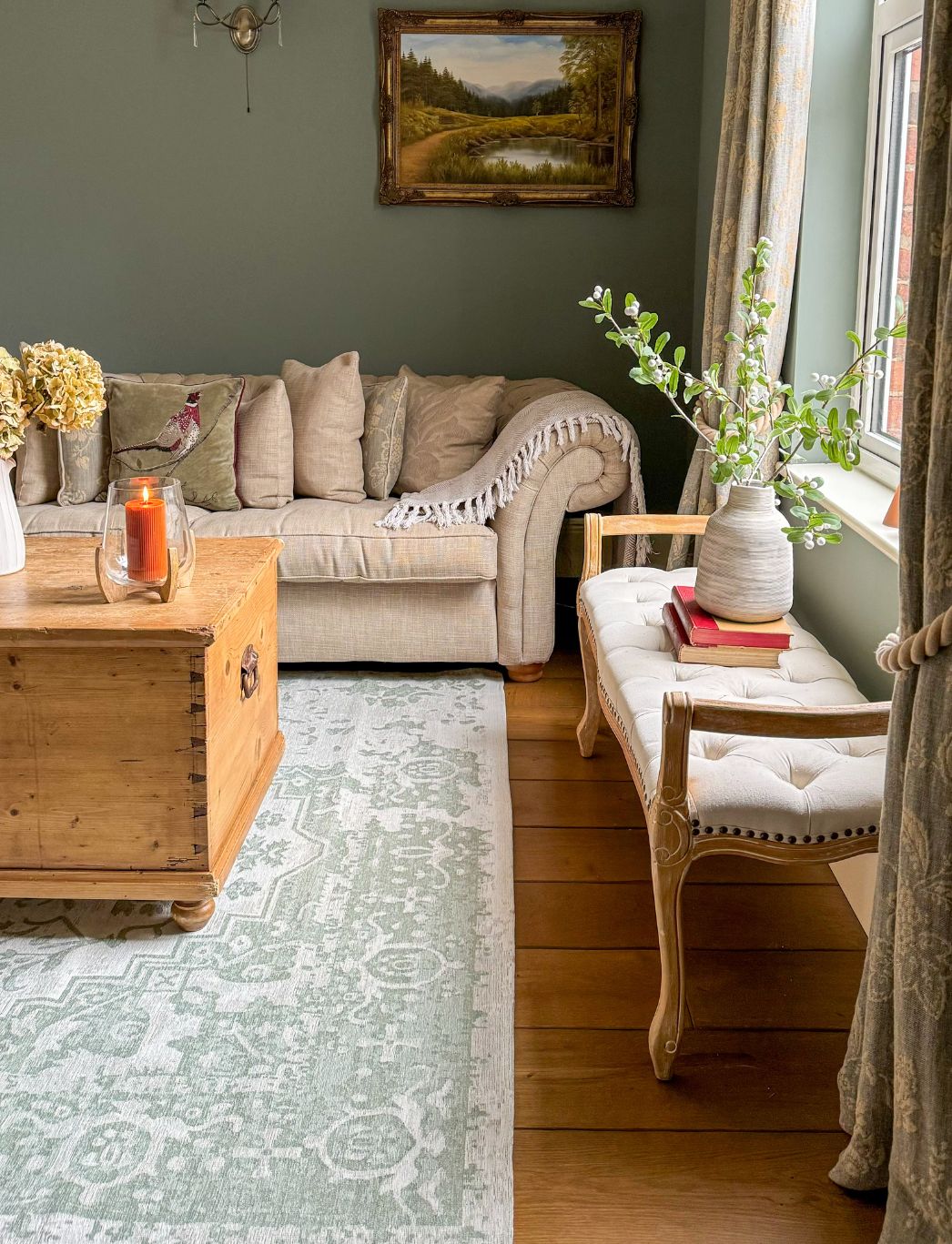

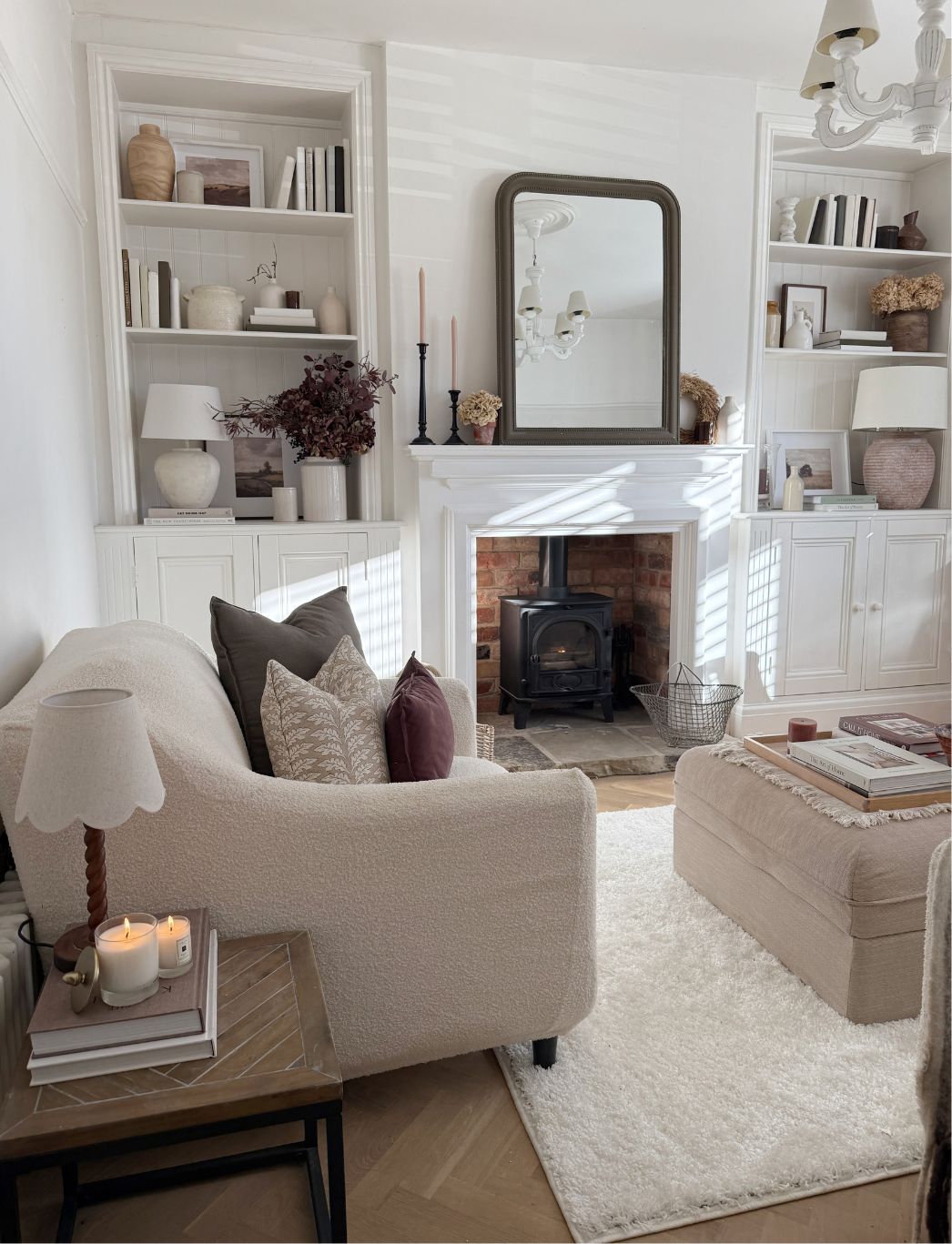
Leave a comment